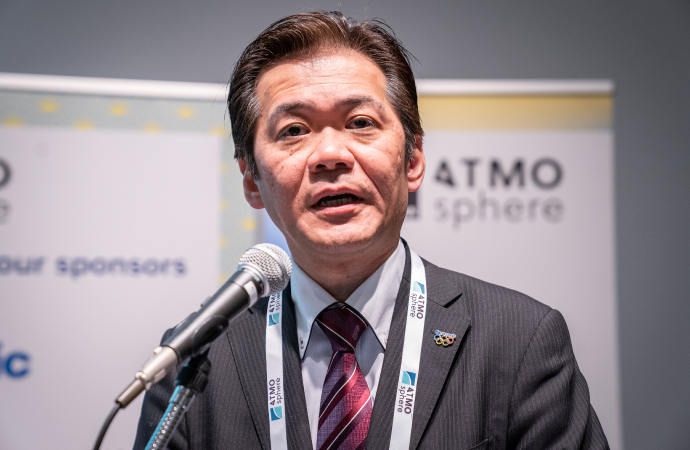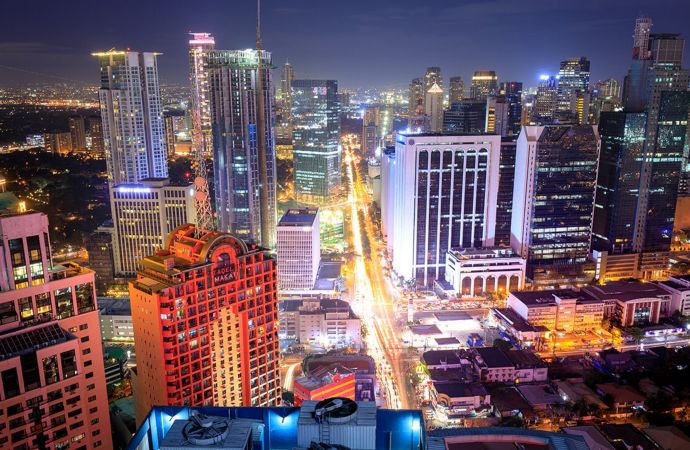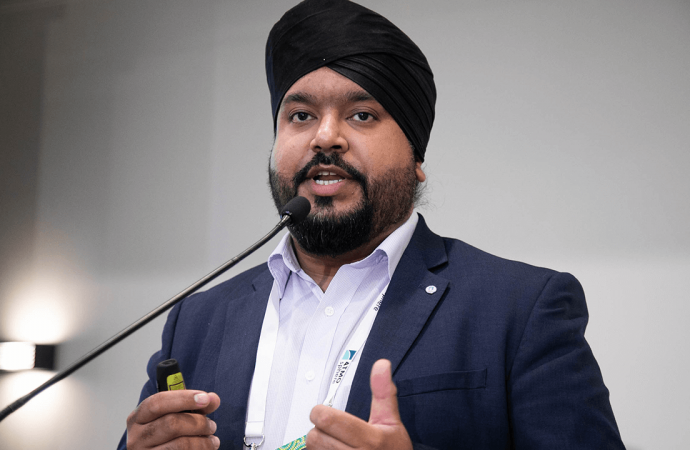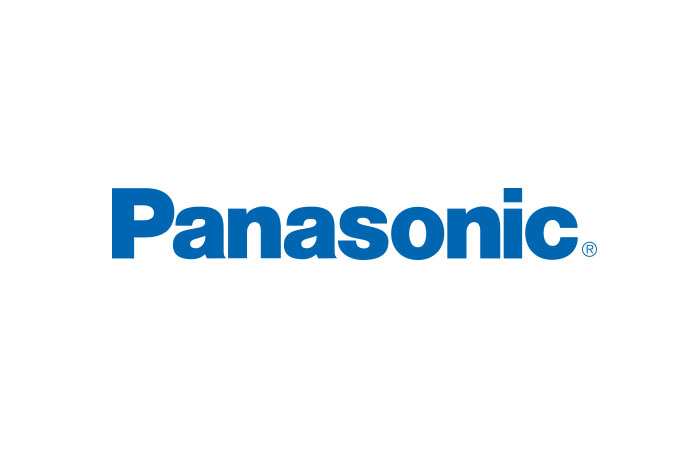Hiroyuki Tominaga of Panasonic announced the target at ATMOsphere Japan.

Hiroyuki Tominaga, Division Director for the Cold Chain Business Division of Panasonic Appliances Company at ATMO Japan 2020
Panasonic aims to convert 100% of its remote-type (condensing unit and rack) refrigeration systems to CO2 (R744) by 2030, said Hiroyuki Tominaga, Division Director for the Cold Chain Business Division of Panasonic Appliances Company, during the ATMOsphere Japan 2021 conference.
The conference, held online on February 15, was organized by shecco, publisher of this website.
To this end, the company will focus on achieving the following goals in the 2021-2022 period:
-Reduce the cost of its CO2 equipment by 20%.
-Renew its product lineup.
-Continue to promote its CO2 family concept
-Raise awareness of CO2 systems globally.
13,200 CO2 systems shipped to date
Since first launching its CO2 systems in 2010, Panasonic has shipped 13,200 remote-type CO2 systems globally, according to Tominaga’s presentation (available here in Japanese). Most of these are condensing units for end users in Japan; however, overseas sales have also been increasing in the past few years.
“We aim to contribute to the prevention of global warming by spreading the adoption of technology cultivated in Japan around the world,” said Tominaga.
In addition, Tominaga provided details on the company’s CO2 technology development strategy and targets going forward.
Tominaga said that Panasonic aims to focus on developing its modular water-cooled condensing units and large rack systems in order to serve the needs of the entire range of small to large format food retailers, processors and logistics operators.
Specifically, Tominaga said that Panasonic is currently developing five types of water-cooled and air-cooled modular CO2 condensing units (10, 15, 20, 30 and 40 HP), scheduled to be officially released at the end of 2021.
“In order to protect the global environment for the next generation, we aim to continue to be a leader in the development of freon-free technologies based on CO2,” said Tominaga.
Related stories




